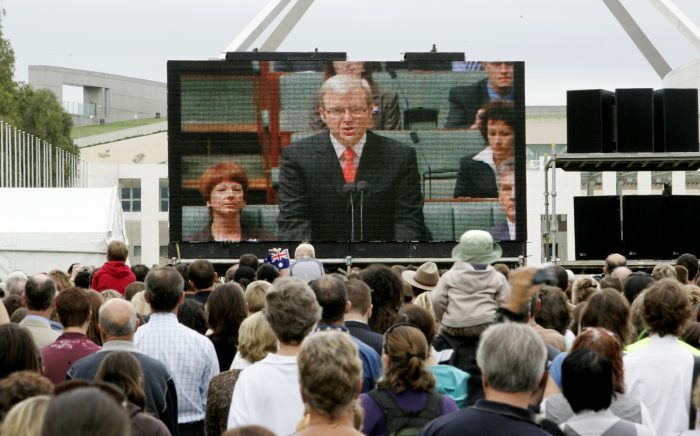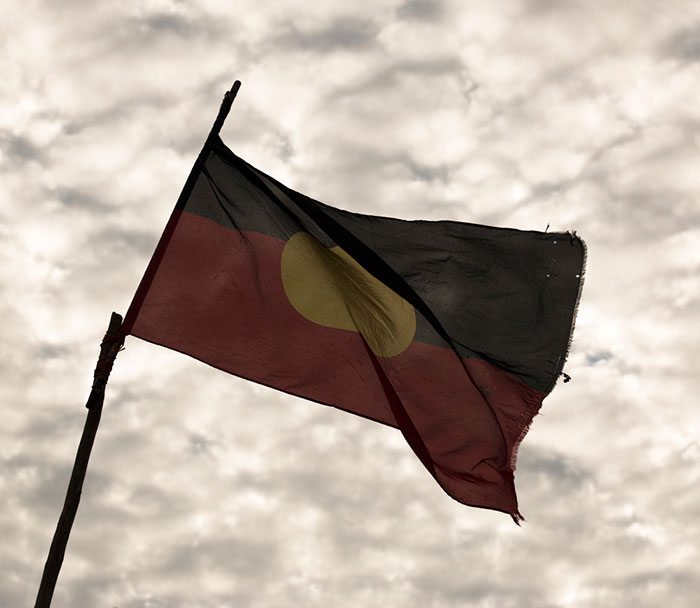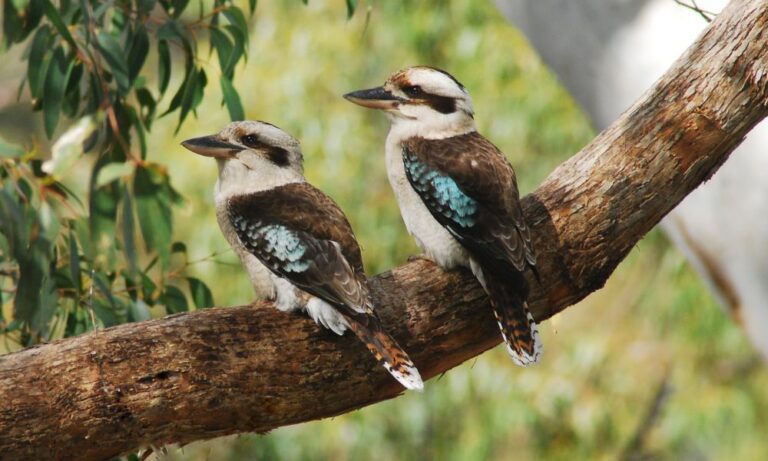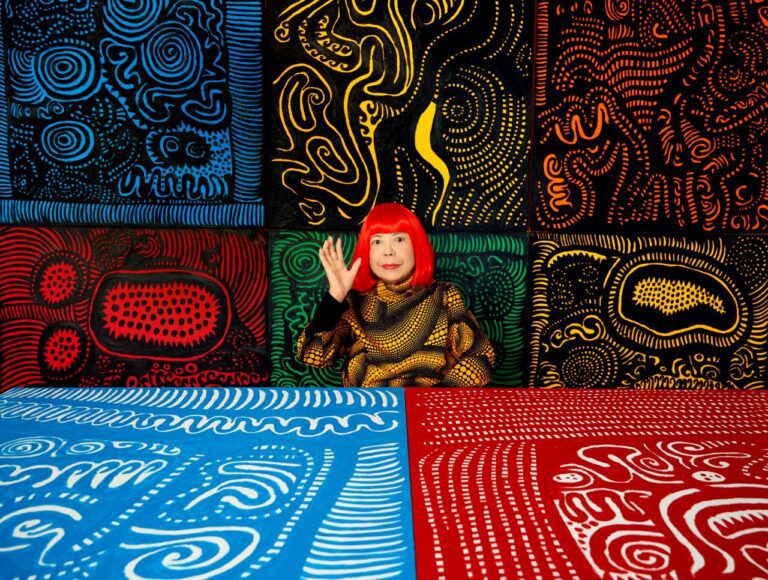Australia is a nation that is still struggling with its difficult and dark past in relation to how our Indigenous peoples have been treated.
The Human Rights Commission has estimated that there were approximately 100,000 Aboriginal children who were forcibly removed by the Australian authorities from their families, in what we now refer to as the “Stolen Generation.”
Although the practice of removing Aboriginal children was common from the first European occupation in 1788, it gained momentum as the Australian government adopted the policy of “assimilation” in 1937. This policy remained in place until 1969, making it legal for Aboriginal children to be forcibly removed from their families.
In 1995, the Human Rights and Equal Opportunities Commission (now the Human Rights Commission) conducted a National Inquiry into the Stolen Generation. Their findings were tabled to the Federal Parliament in 1997, under the Bringing Them Home Report. In the Report, 54 recommendations were made by the HRC, in order to address the issues facing Aboriginal and Torres Strait Islander People.
Today
It has now been 20 years, since the Bringing Them Home Report was first tabled. MiNDFOOD spoke with the Human Rights Commission, asking them about the Report’s continued significance and what the ongoing challenges are, as Australia tries to move forward as a people.
Given it has been 20 years since the Bringing Them Home (BTH) Report was first tabled to Parliament, how significant does the report remain in resolving issues for the Stolen Generation?
- Almost no Aboriginal family has been untouched by past state and territory based practices of government policies to remove Aboriginal children from their families.
- Understanding the intergenerational impact of child removal is critical to address contemporary issues for Aboriginal and Torres Strait Islander peoples, including issues such as the overrepresentation of Aboriginal and Torres Strait Islander children currently in the out of home care system.
- From 1995, over a two year period, the National Inquiry into the Separation of Aboriginal and Torres Strait Islander Children from their families took oral and written testimony from over five hundred Aboriginal and Torres Strait Islander people across Australia, as well as from Indigenous organisations, foster parents, State and Territory Government representatives, church representatives, other non-government agencies, former mission and government employees and individual members of the community.
- The Inquiry found that ‘between one in three and one in ten Indigenous children were forcibly removed from their families and communities between 1910 and 1970.’ The final report included a comprehensive account of the laws, practices and policies which resulted in the forced separation of Indigenous children from their families, the consequences of removal, detailed accounts on the experiences of those children removed, and the alarming issue of contemporary separation.
- The 524 page final report (known as the Bringing them Home Report), tabled in Parliament on 27 May 1997, includes many of these personal testimonies and 54 recommendations to support healing and reconciliation for the Stolen Generations, their families and the Australian public more broadly.
- The Bringing them Home Report findings marked a seminal moment in this nation’s history and to this day it continues to be the Commission’s most widely accessed and downloaded report. The Commission website alone – www.humanrights.gov.au – received 4.7 million visitors and over 9.1 million page views last year with ‘Bringing them Home’, ‘Stories from the Report’ and ‘Stolen Generation’ among the top search terms on the Commission’s website which is an indication of the ongoing relevance of the report and its findings to the Australian public today.
- Further information on the Inquiry is available here:
What have the main achievements been in resolving issues for the Stolen Generation since the BTH was first tabled?
- Following the Inquiry, national action to address the issue included:
- Establishment of State based family tracing and reunion services, known as Link-Up Services, to assist Indigenous Australians separated by their families as a result of past Government policies and practices
- The Apology to Australia’s Indigenous peoples (2008)
- The establishment of the Aboriginal and Torres Strait Islander Healing Foundation (2009) to address the grief and trauma associated with the harmful history of child removal and the intergenerational impacts of removal.

Advocacy groups, such has the National Sorry Day Committee and The Healing Foundation have been critical of the delay in implementing the 54 recommendations of the BTH Report. What is the AHRC position on this?
- The impact and outcomes of the Inquiry continue to influence law and public policy however the Commission supports calls from Aboriginal controlled organisations such as The Healing Foundation that significant work still needs to be done to ensure members of the stolen generation, who are now an increasing ageing population, are properly cared for and provided with appropriate trauma informed responses to care, support for employment, housing and other practical supports to live a full and enjoyable life with dignity.
- In addition, more work needs to be done to address intergenerational effects of trauma caused from removal. Research shows there are linkages with intergenerational trauma and socio-economic, health and wellbeing
In the opinion of the AHRC, what can government¹s be doing better to ensure the swift implementation of the BTH Report¹s recommendations?
- The Social Justice and Native Title Report 2015, in particular Chapter 5: Caring for our children made the following recommendations on what the government can do to implement better policy and actions to address some identified contemporary issues with Children in out of home care, some of which have relevance to recommendations made within the BTH Report:
Recommendation 17: The Australian Government takes steps to include child welfare targets as a part of the Closing the Gap, to promote community safety and wellbeing and reduce the overrepresentation of Aboriginal and Torres Strait Islander peoples within the child protection system.
Recommendation 18: State and territory governments take steps to establish Aboriginal and Torres Strait Islander Children’s Commissioners in their jurisdictions.
Recommendation 19: Australian, state and territory governments should collaborate to support greater investment in research and the quality of information relating to child protection through greater funding and the establishment of a National Institute of Indigenous Excellence in Child Wellbeing.
Recommendation 20: The Australian Government recognises the crucial link between child wellbeing, and early childhood education and care services, and supports greater investment in early childhood services for Aboriginal and Torres Strait Islander children including through renewed funding for Aboriginal Children and Family Centres.
Recommendation 21: The Australian Government supports long-term investment in healing initiatives including services, research and evaluation.
- The Commission acknowledges that some states such as Tasmania, South Australia and New South Wales have embarked on a journey of reconciliation with the Stolen Generations in their states through ‘Stolen Generations Reparation Schemes’ however there is a need for a coordinated national approach and the Commission encourages all states to undertake similar schemes.
What are the next key steps in resolving the issues surrounding the Stolen Generation?
- As the national body focused on trauma informed healing, the Healing Foundation is best placed to provide detailed next steps on address in the needs for members of the Stolen Generation. Please follow the Healing Foundation’s project to commemorate the 20th Anniversary of the Bringing them Home Report – Heal Our Past – Build Our Future (#BTH20).
- The role of the Aboriginal and Torres Strait Islander Social Justice Commissioner is to monitor the exercise and enjoyment of human rights by Aboriginal and Torres Strait Islander peoples. The Commission supports a human rights based approach to addressing matters related to Aboriginal and Torres Strait Islander people, including those rights articulated within the United Nations Declaration on the Rights of Indigenous Peoples (the Declaration).
- As a National Human Rights Institution (NHRI), the Commission has an obligation pursuant to Article 42 of the Declaration, to promote respect for and full application of the provisions of the Declaration and to follow up on the effectiveness of the Declaration. The Commission is of the view that all actions (programs, laws, policies etc.) should be assessed by the four principles which underpin each article within the Declaration of:
- self-determination
- participation in decision-making, free, prior and informed consent, and good faith
- respect for and protection of culture
- equality and non-discrimination.
16. The Commission strongly supports ongoing education around the findings of the Inquiry with the intention that such practices of child removal should not be repeated. With the Inquiry findings in mind, the contemporary over-representation of Aboriginal and Torres Strait Islander people in the out-of-home care system is at national crisis and should be immediately addressed. Please see the below link to the Social Justice and Native Title Report 2015, in particular Chapter 5: Caring for our children within the report provides further information on contemporary issues for Aboriginal and Torres Strait Islander children in out-of-home care: http://www.humanrights.gov.au/sites/default/files/document/publication/SJRNTR2015.pdf







